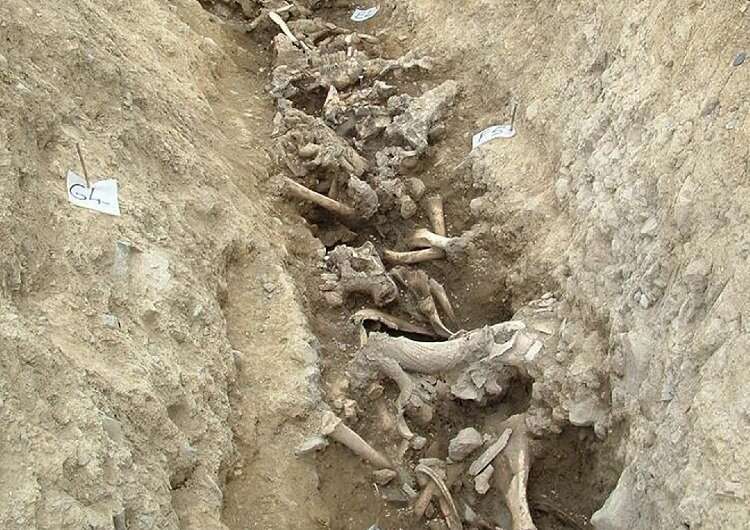
Credit: University College Dublin
An archaeological site in Dublin with an unusually large collection of cattle remains could potentially change the understanding of beef and cattle herding in Middle Neolithic Ireland and Europe.
Data collected from the N2 Kilshane excavation in north county Dublin near Finglas by researchers from the UCD School of Archaeology and Queen's University Belfast suggests that the multipurpose use of cattle for milk, meat and as draft animals was far more complex in later 4th millennium BC Atlantic Europe than previously thought.
The remains of at least 58 individual cattle were recovered from the ditches of an enclosure excavated at Kilshane dating back some 5,500 years, and the site is one of the few with large faunal assemblages to be unearthed in Ireland.
Read the rest of this article...
No comments:
Post a Comment
Note: Only a member of this blog may post a comment.